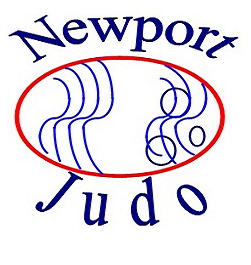Drop Seoi Nage or Seoi Otoshi? Revisiting a Familiar Divide
The Ongoing Discussion Among Instructors
The Drop Seoi Nage debate continues to divide instructors, even as technical analysis grows more precise. Chadi’s video argues that Drop Seoi Nage is not Seoi Otoshi, based on subtle differences in lifting mechanics. His view is detailed and thoughtful, but many instructors remain unconvinced by the distinction in real-world practice. Both throws involve a similar grip, turning entry, and a low, dropping finish over the shoulder.
 |
| Stand Tall: Respect and Affect For More Information OR Book A Class |
Technical Distinctions: Subtle and Hard to Spot
Chadi highlights a lifting motion during the throw, claiming it separates Drop Seoi Nage from Seoi Otoshi. He sees Seoi Otoshi as a drop-only throw, while Drop Seoi Nage retains some upward lifting action.
However, in practice, the lifting is difficult to detect. During randori or competition, the difference becomes nearly invisible. Even with slow-motion footage, that subtle lift often blends into the natural flow of the throw.
Kodokan Reference Points
Kodokan Judo includes Seoi Otoshi among its 67 traditional nage-waza. Kyuzo Mifune described it as a forward drop under Uke’s centre of gravity with no significant hip lift.
In this Kodokan Seoi Otoshi demonstration (YouTube), the entry and rotation look exactly like what many call Drop Seoi Nage today. The drop is clean, controlled, and closely matches competition footage labeled differently.
Competition Examples Support Similar Mechanics
Look at elite-level judoka like An Ba-ul. His low shoulder entry looks nearly identical to Kodokan Seoi Otoshi. There’s no visible lift. The throw drops Uke straight ahead with forward rotation and shoulder leverage.
Practical Coaching Perspective
From a teaching standpoint, students benefit from clarity and consistency. Grouping these throws together helps simplify instruction without compromising technical depth.
If both techniques apply the same kuzushi, tsukuri, and kake, and finish the same way, the name matters less than the effect. In this Drop Seoi Nage debate, practicality favours a unified view.
Final Thoughts
The Drop Seoi Nage debate highlights how theory and practice sometimes part ways. Chadi’s input challenges instructors to look closely, but on the mat, simplicity and clarity often win.
Many instructors now teach Drop Seoi Nage as Seoi Otoshi, aligning with Kodokan principles and real-world execution. That approach respects tradition while staying grounded in how the throw actually works.
Book A Class
 Random thought on Life, Judo Olympics, Judo Self Defense, The Art or Judo Kata, Judo An International Sport. Things that inspire or annoy me or things that I just had to write down.
Random thought on Life, Judo Olympics, Judo Self Defense, The Art or Judo Kata, Judo An International Sport. Things that inspire or annoy me or things that I just had to write down.

No comments:
Post a Comment